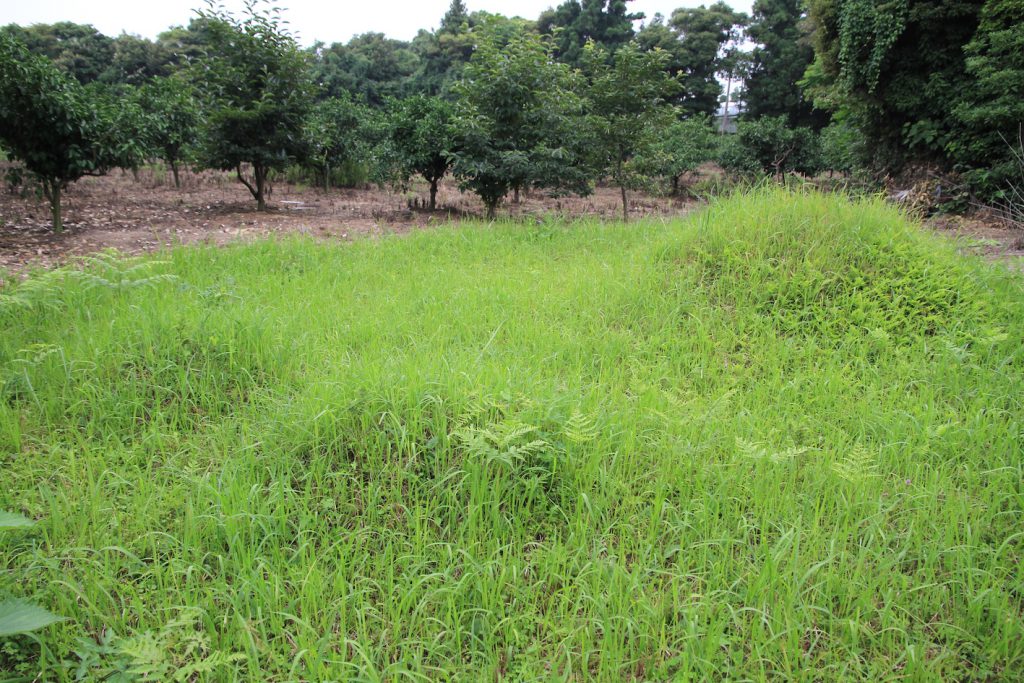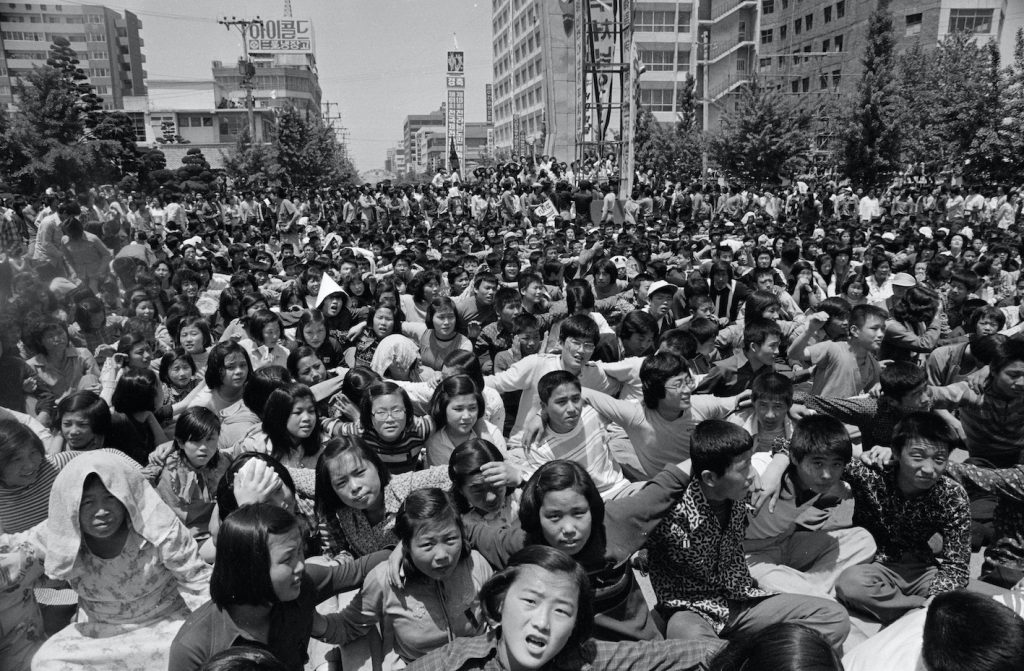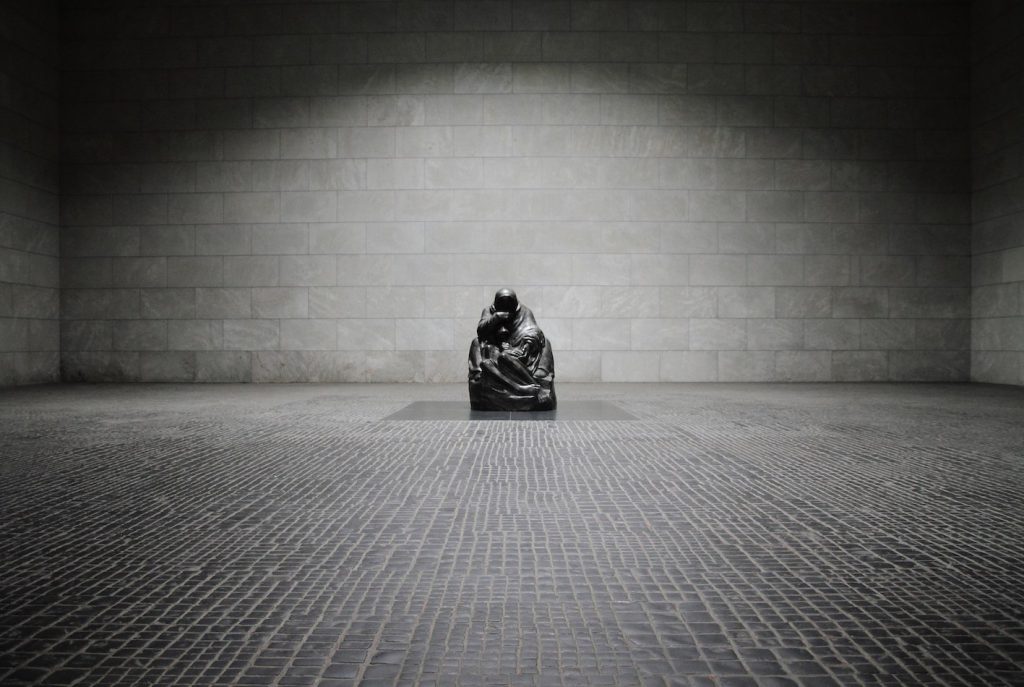Over the course of thirty years, wouldn’t some of her memories have blurred? This period is at least long enough for a generational shift to have occurred. But soon I realized that this perception was wrong. In 2009, the memories of the May 18 Democratic Uprising, as held by the twenty-seven women whom I interviewed, were still entangled with feelings of fear, astonishment, anger, regret, avoidance, silence and despair. For them, May 18 was still in progress. What is it that keeps them so awake, and still howling in pain?
Forty years ago this May, the city of Gwangju had become an isolated island. The borders of the city were barricaded, telephone lines were cut off, and supplies of daily necessities could not be imported. The crackdown of martial law, which began with batons and bayonets on May 18, was enforced with guns, helicopters and armored vehicles the next day. Countless citizens were injured and killed. The city was in chaos, and the hospital was flooded with patients and dead bodies. The army gave the name “Great vacation” to this gruesome human hunt. Citizens began to arm themselves. On securing weapons, the “citizens’ army” fought a street battle with martial law forces in Geumnam-ro street, and the troops eventually withdrew from the city on the afternoon of May 21. The famous “civil self-governing community” was created from May 21 to 26. During this period, commonly called the “liberation period,” civil power was created instead of governmental authority, civil autonomy instead of disorder, and civil friendship and solidarity instead of destruction and looting. But this did not last very long. Early on May 27 a voice rang out into the dark: “The martial law troops are coming in. Citizens! Please don’t forget us.” That night, no one in Gwangju slept; all had to watch and listen to the painful last stand. At around four in the morning, the situation was over, after an hour of battle between the citizen’s army and the martial law forces. It is still unclear how many people were in the provincial government building that night, and how many lives were lost.
Women were everywhere in the next ten days of bitter grief. Based at the provincial office and at the YWCA office, women engaged in street broadcasting, the production and distribution of handouts, writing posters by hand, nursing and transporting injured people, fundraising, cooking, handling dead bodies, and preparing funerals. On the streets, young girls appealed for the blood donations needed to treat the soaring numbers of wounded people, and countless prostitutes joined the blood donations as well as cleaning and shrouding the deceased, while housewives and market merchants made rice balls to feed the civilian army.
Women from all backgrounds took part in street struggles; one-third of demonstrators were women. Given their high levels of participation, the damage done to women as a group was also devastating. During the uprising, women were punished naked on the streets in broad daylight, their breasts were cut off by bayonets and bullets, they were raped in back alleys, and a woman eight months pregnant was shot to death. Immediately after the uprising, the arrested women were subjected day and night to indiscriminate beatings and torture. They faced unspeakable sexual violence. War crimes were carried out under the rule of law, and women’s bodies were treated as defenseless sites to be violently occupied.
Nevertheless, what is clear is that the women’s bodies were also forming a “resistance leadership.” The bodies that came out into the streets did so under the women’s own initiative, and not in response to anyone else’s demands; the body of a high school girl who died on her way back from blood donation; the back of an old lady who was willing to bear a red bruise as punishment for hiding a young man; the voices of street broadcasters that spread until dawn on the last night; the hands of female merchants who hung cauldron pots instead of stalls; those countless hands making ribbons, writing posters, breaking gravel stones for protesters, and those bodies stained with torture and beatings. We cannot deny that each and every “body” was part of the “resistance leadership.”



